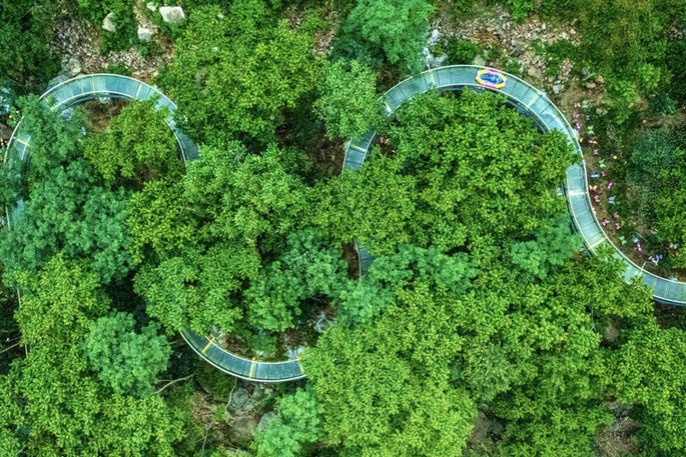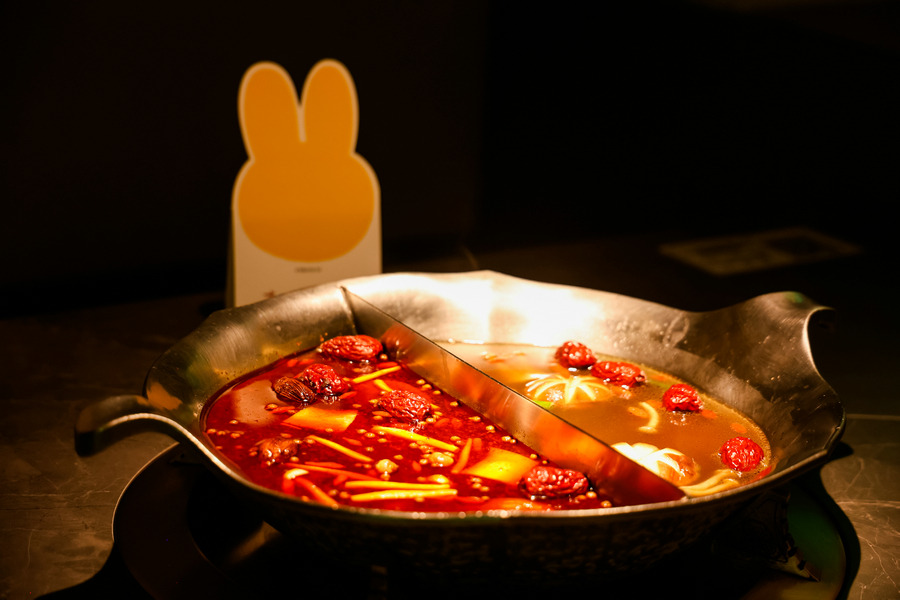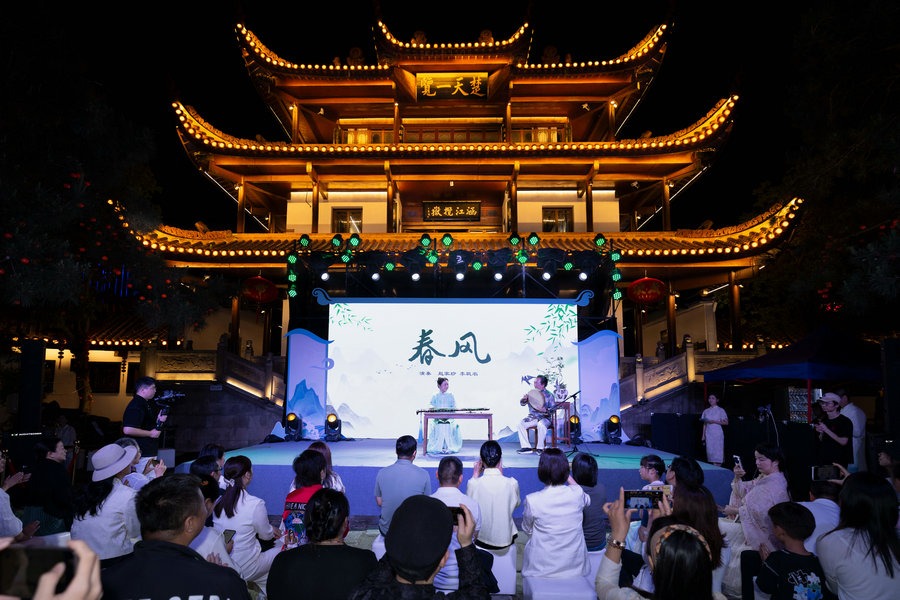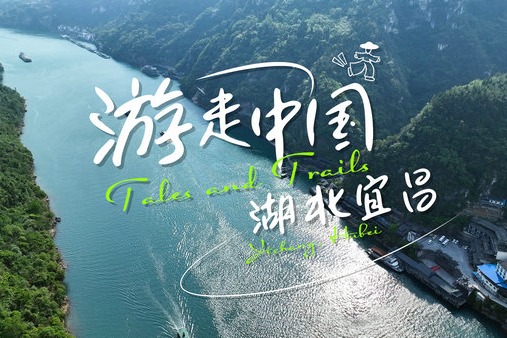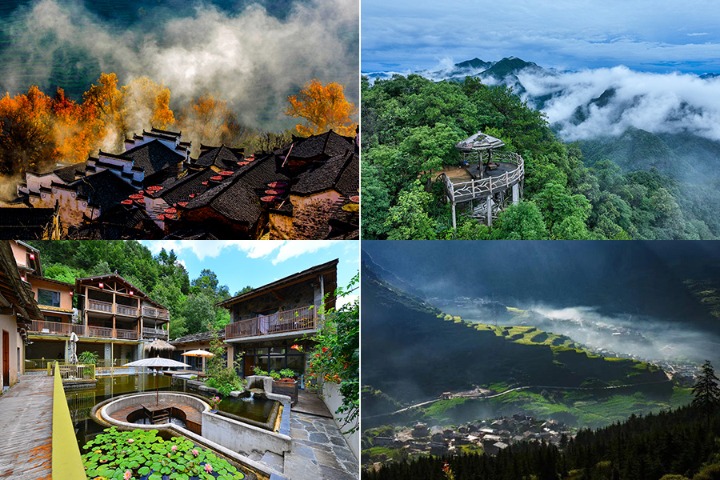Current fosters wave of creativity
Yangtze River has inspired poets and philosophers down the centuries, Xu Lin and Liu Kun report.

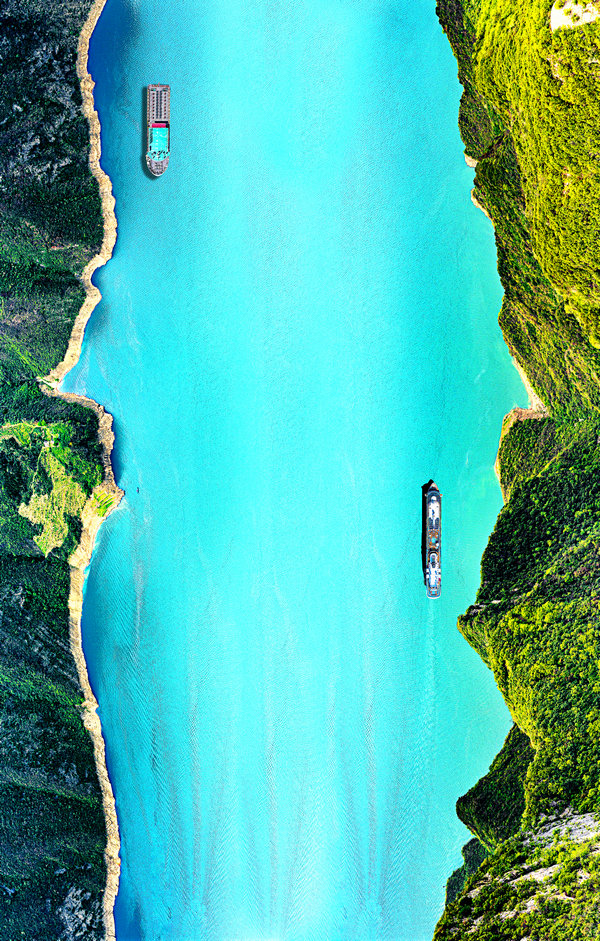
Tang Dynasty (618-907) poets Li Bai and Du Fu, and Song Dynasty (960-1279) scholar Su Shi traveled to or lived in the basin and left poetic masterpieces known throughout the ages.
During the Western Jin (265-316), Tang and Song dynasties, China witnessed three large-scale migrations toward the south of the lower and middle reaches of the Yangtze River.
Families of scholar-officials and civilians were forced to move due to chaos of wars and upheavals and brought advanced farming tools and craftsmanship, greatly boosting agricultural, economic and cultural development in the Yangtze River basin.
During the Tang Dynasty, porcelain and silk were transported from bustling port cities to destinations in Asia and Africa via the Maritime Silk Road.
Domestic goods flowed through the Yangtze River's vast tributary network, connecting regions in the lower and middle reaches to coastal ports for onward shipment along the Maritime Silk Road.
Situated at the confluence of the Yangtze River and the Grand Canal, Yangzhou (in modern-day Jiangsu province) emerged as one of Tang's largest ceramics distribution hubs.
















